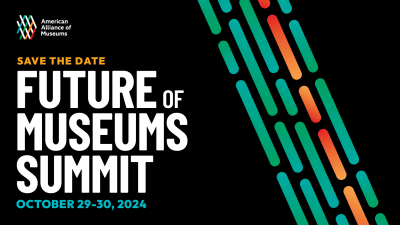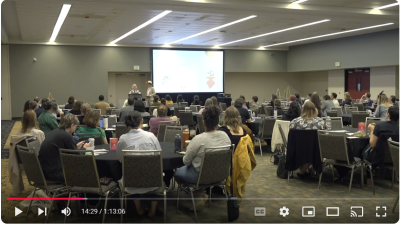The last CFM blog post set off a lively discussion about defining museums (unfortunately mostly on Facebook and email—use the comments section, people!) But some of it on public blogs (for example, here) One reader asked, what do I mean when I say there might be different definitions for different purposes?
Good question. People categorize things for different reasons, museums no less than art objects. The Institute of Museum and Library Services, for example, is not so much defining museums as setting boundaries on what they will fund. So for Museum Assessment Program funding, they exclude for-profit museums and museums that are open to the public fewer than 90 days each year. The former is probably philosophical—why should the public underwrite for-profit entities? (Other than the pharmaceutical industries, agribusiness, the military industrial complex. Oh, never mind.) I’m not sure if the latter is practical (can a museum open for such a short time effectively use a grant?) or philosophical (do such museums deliver enough public good to justify funding?)
The American Association of Museums doesn’t define museums for the purposes of membership at all because, well, it’s a membership organization. Besides the philosophic position that it is better to have everyone in the same tent, in order to encourage them to live up to national standards, there is the practical issue that it is a poor business model to tell people they can’t join. (Unless you are going to take the opposite route, and position yourself as an exclusive club that everyone wants to be a member of.)
So, some purposes that might call for separate definitions of “museum” for practical purposes, or serving different perspectives:
- Joint advocacy: how do we identify a set of organizations that share concerns regarding policy and funding?
- Data collection: do we really want to follow, and report on, every backroom entity that calls itself a museum? (The Chestnut Ridge Typewriter Museum, for example, or the late lamented Mt. Vernon Museum of Incandescent Lighting) How could you draw boundaries that exclude them in a meaningful way?
- Setting standards and determining which organizations they cover. A museum that exists primarily for preservation (where protecting the object is highly important) is very different from a museum that is primarily about access and creating personal experiences (where an object might be sacrificed, over time, in the interest of letting people handle or touch it.) Distinguishing between these different kinds of institutions might head off some of the impassioned arguments in which the staff of the former sort think the policies of the latter sort are simply evil. Often the position is “because you are a museum, and museums are primarily about preservation, what you are doing is wrong.”
- Protecting assets: museums have built up a heap of public credibility over the centuries—there are many intangible and tangible benefits of the good feeling attached to the word “museum.” For-profit museums essentially trade on the credibility and positive public image of being “museums” without being required to pay into that pot through public service. Should they be allowed to call themselves museums, and cash in on perceptions and attitudes shaped by publicly underwritten nonprofit services?
In addition, we have to accept that the public’s intuitive understanding differs from all of the above, and we are not going to change that. (The average person on the street doesn’t think of a botanic garden as a museum.)
Are there other functional examples where a specific definition of a museum would have a specialized utility? Do tell…









Comments